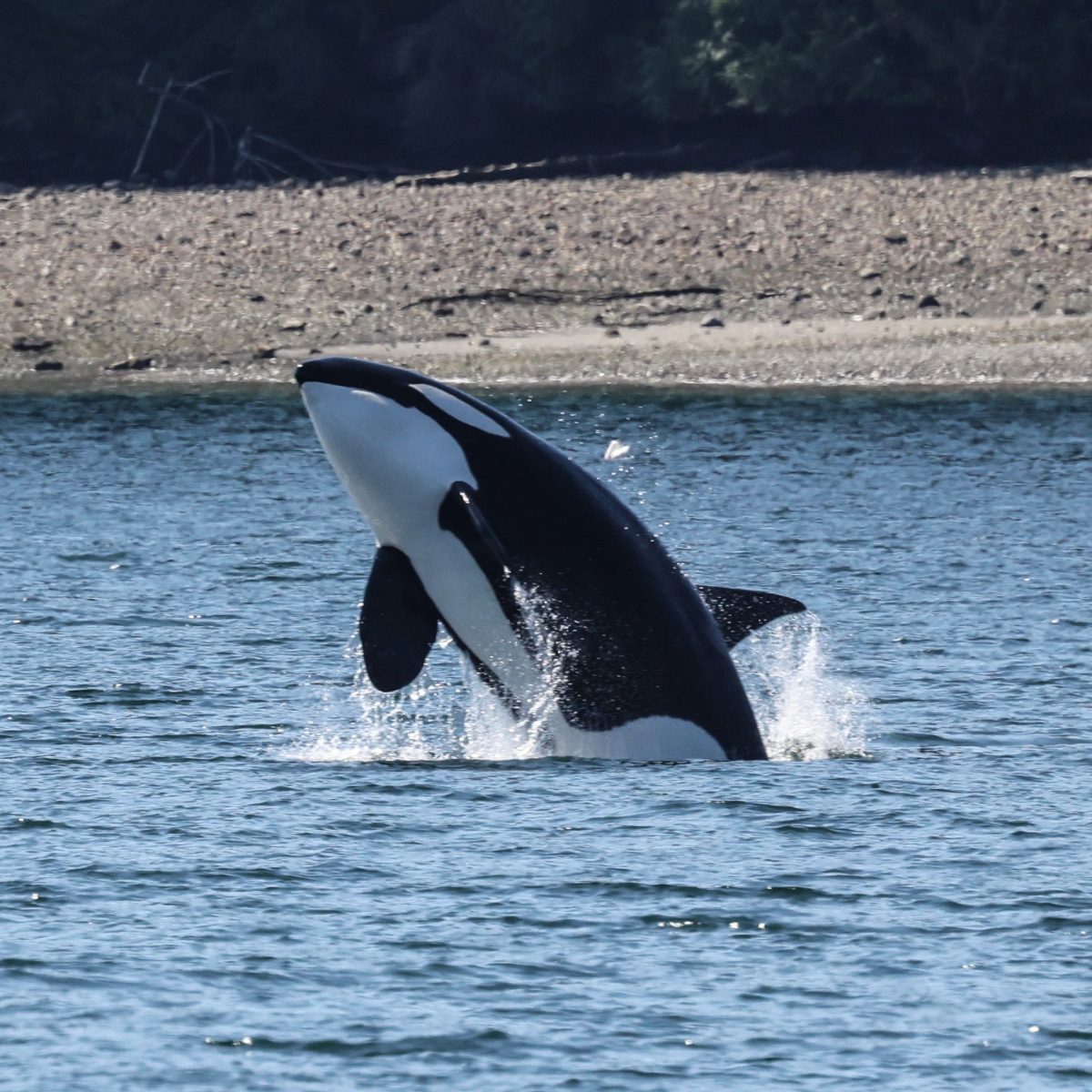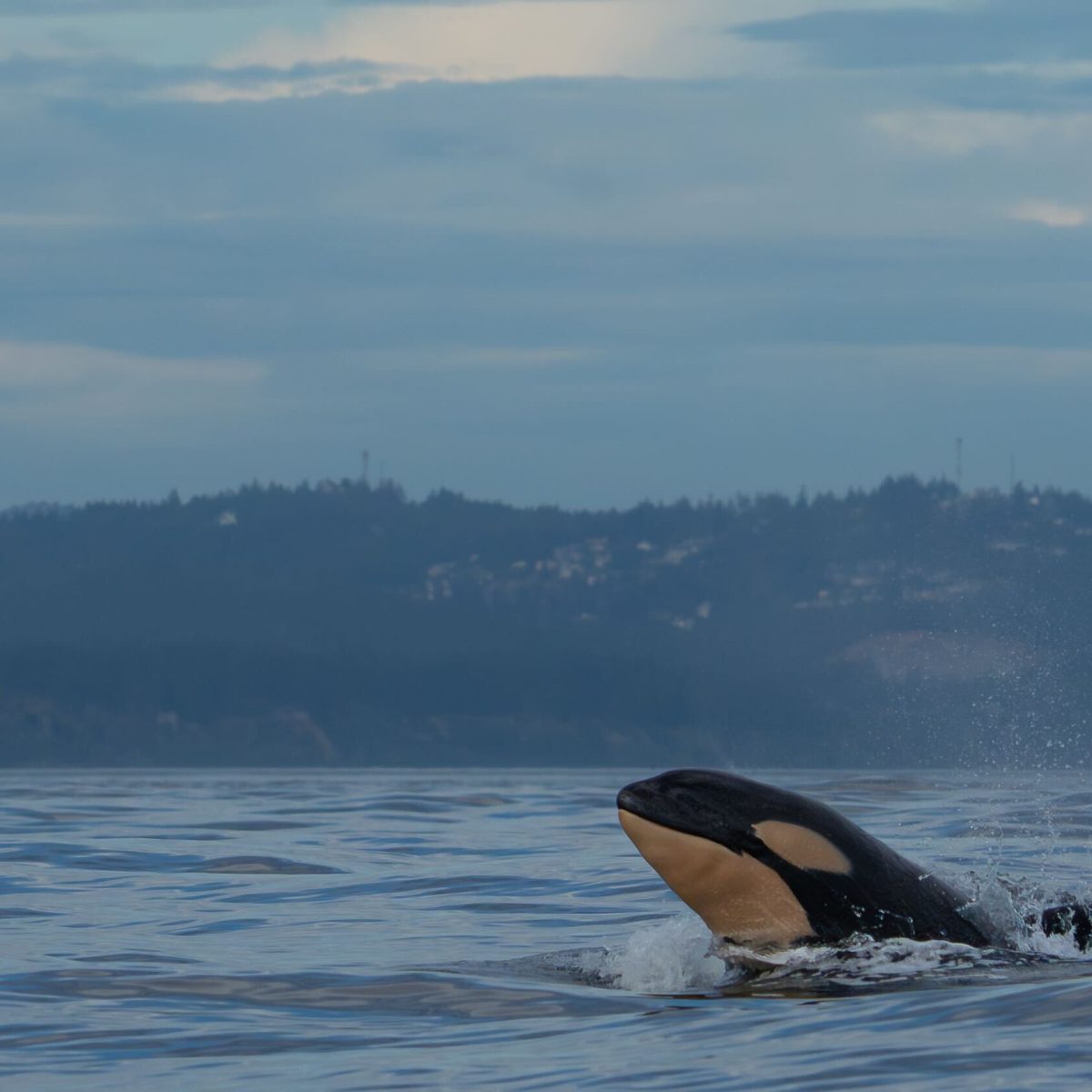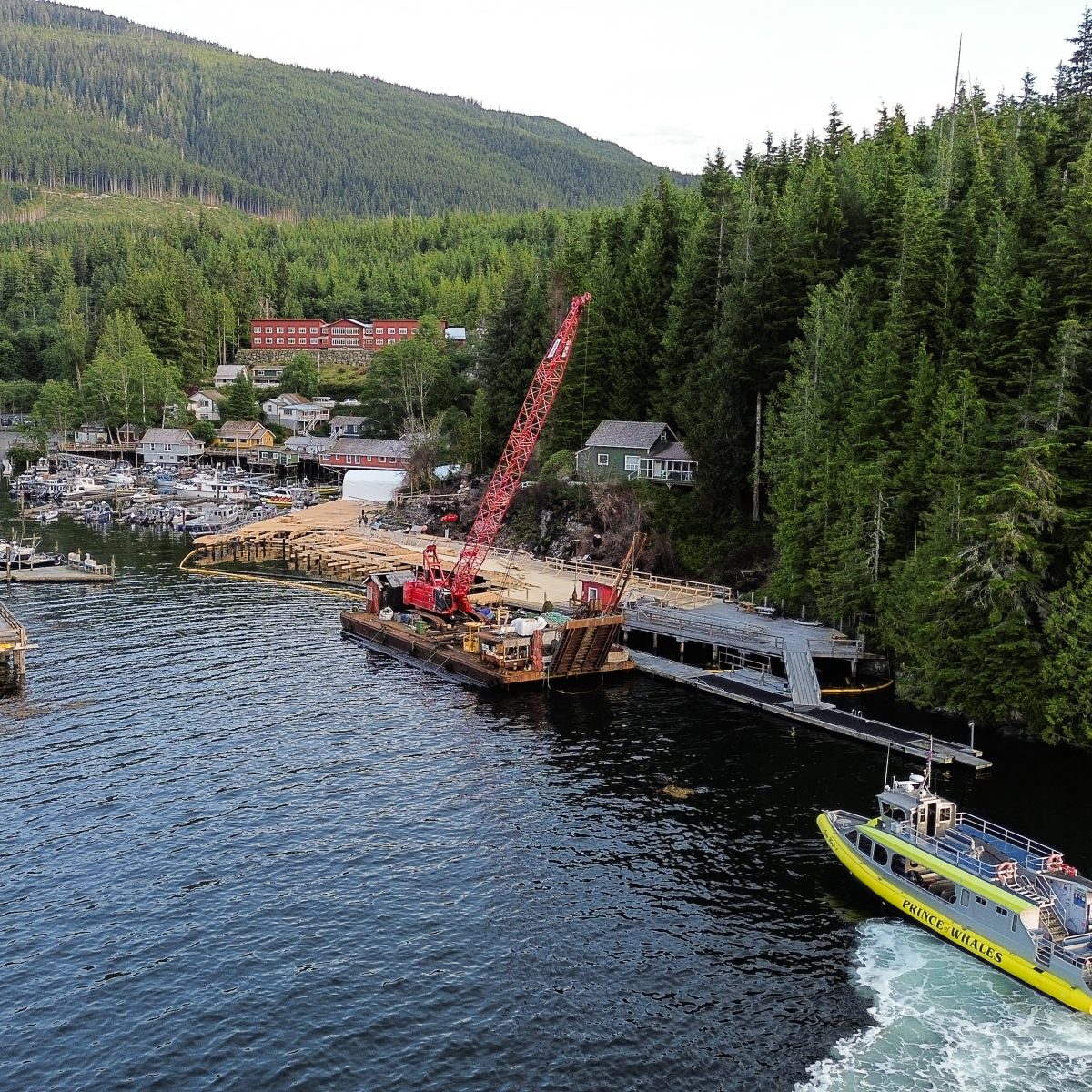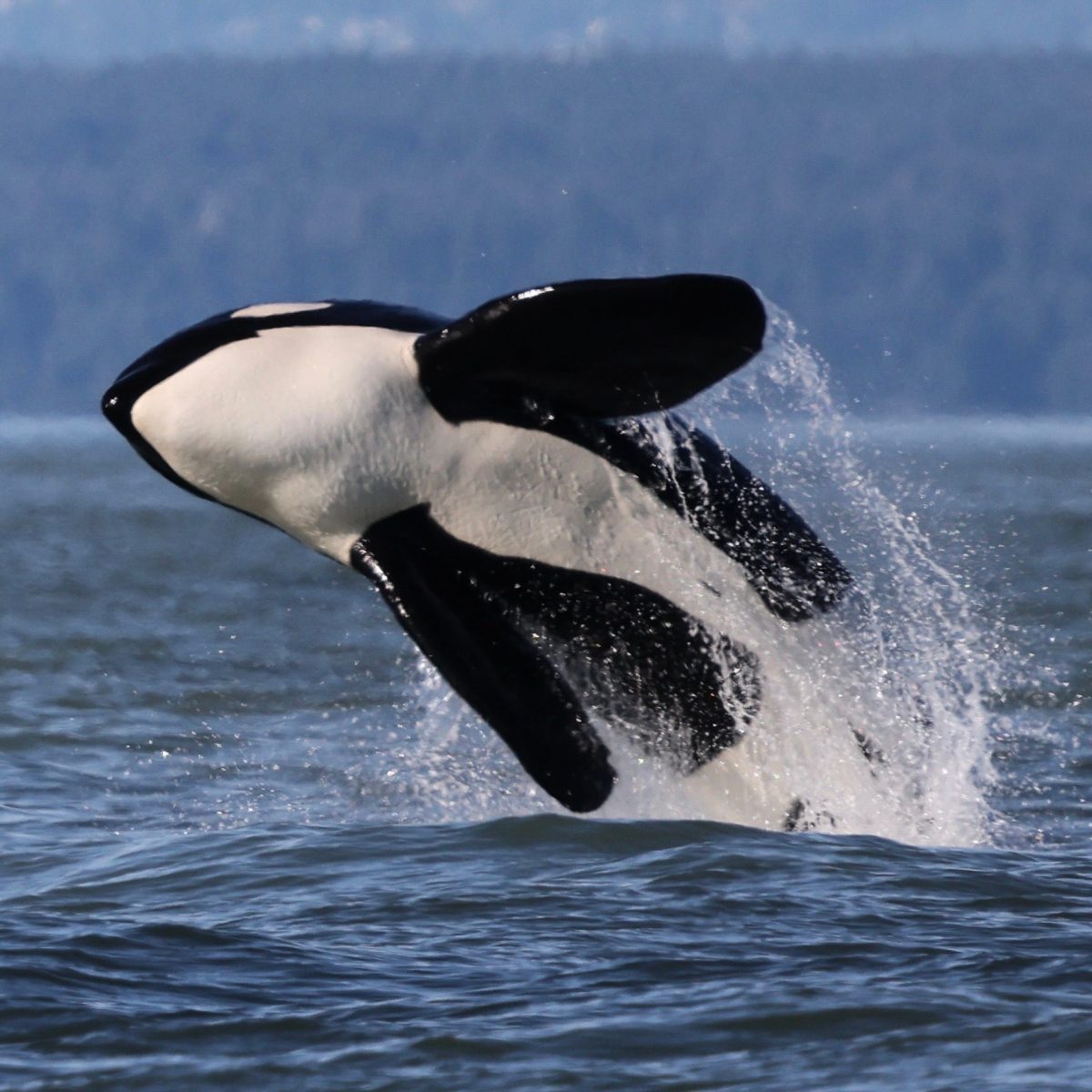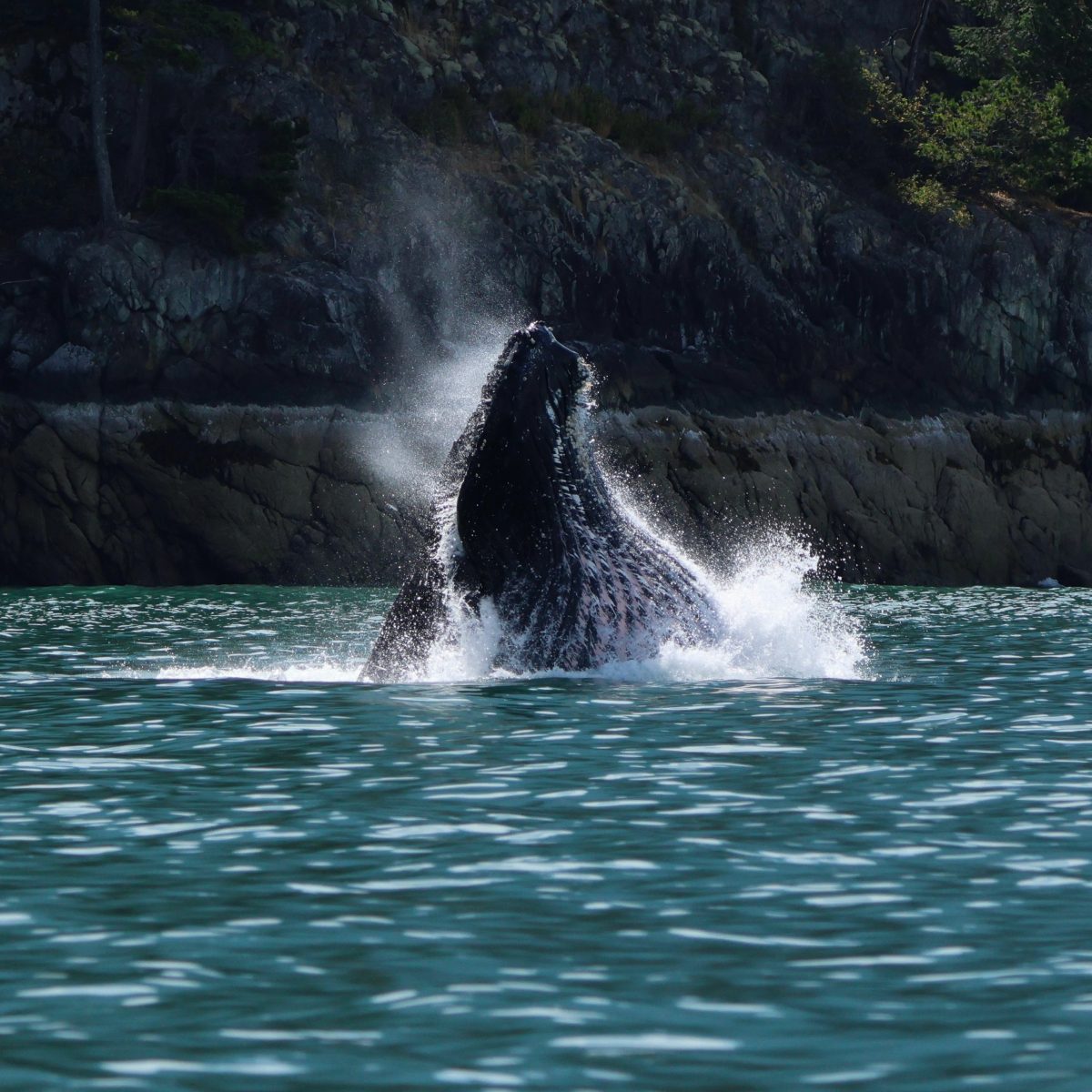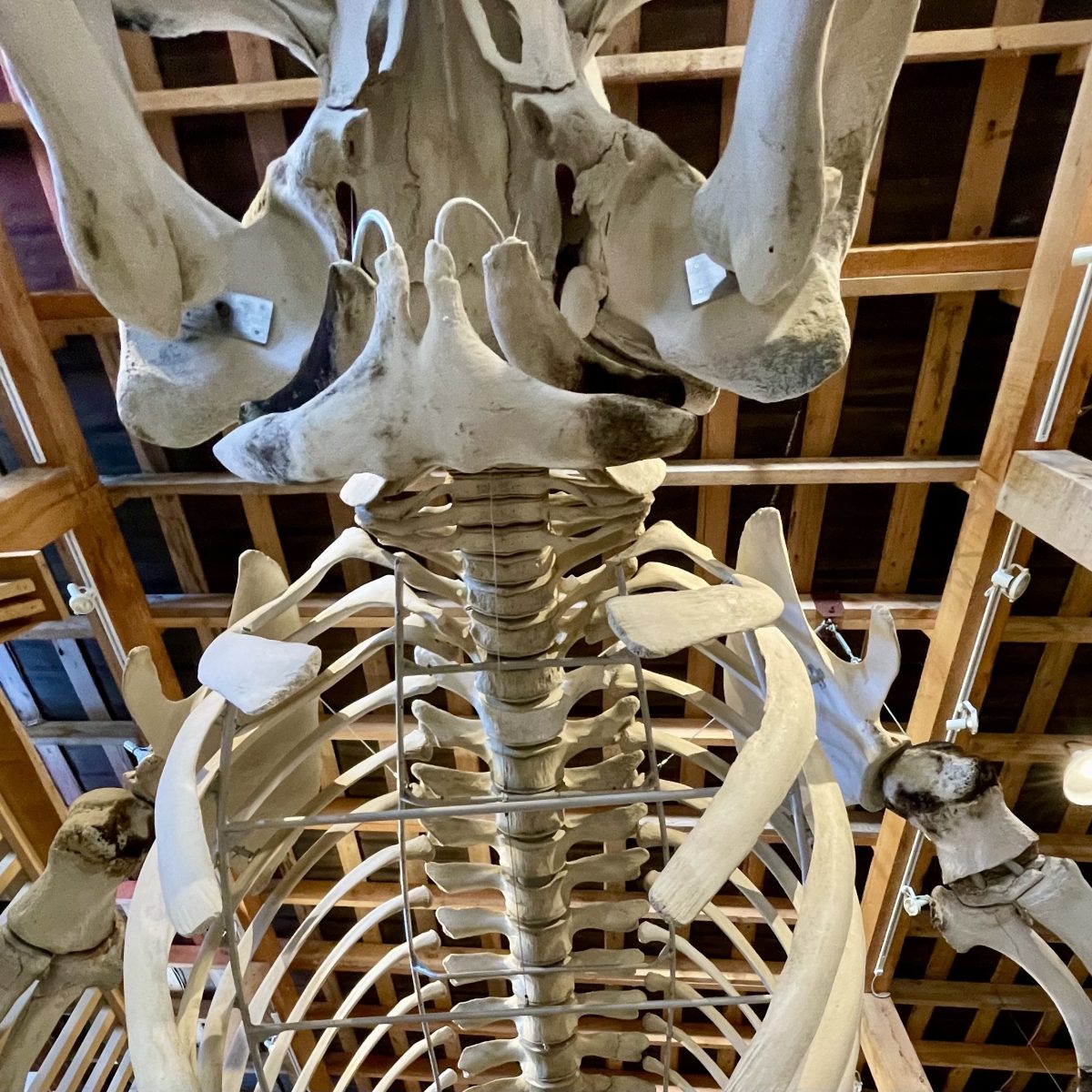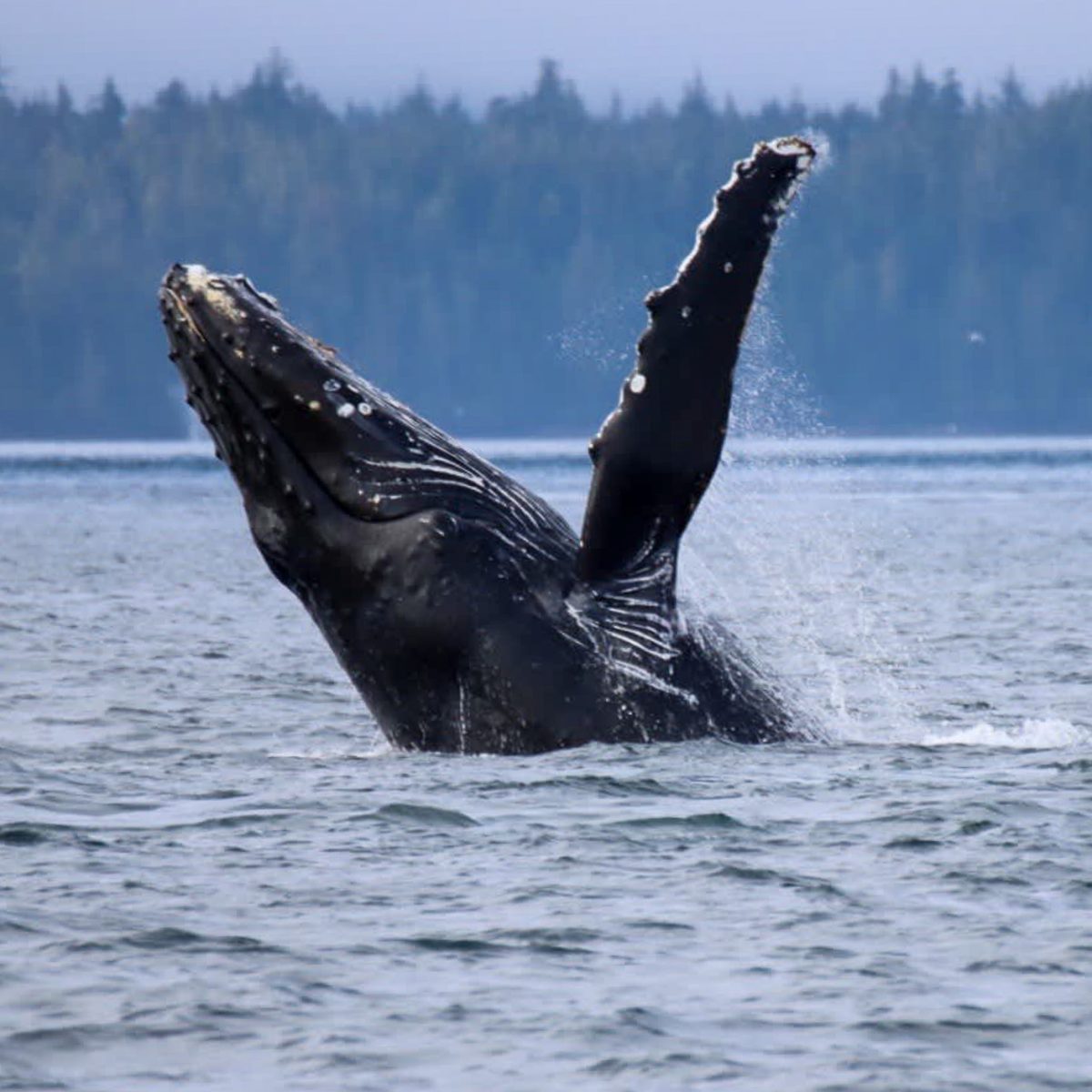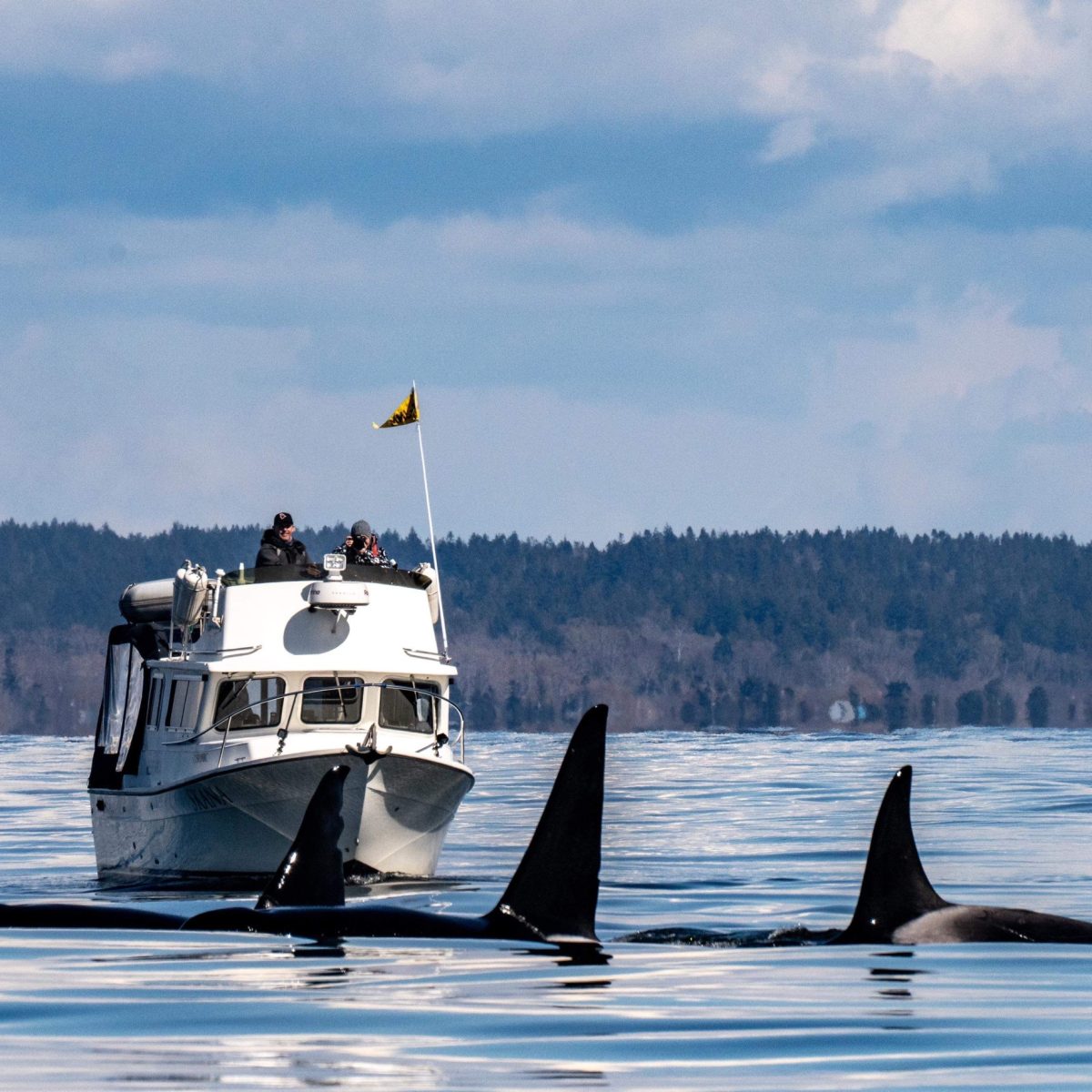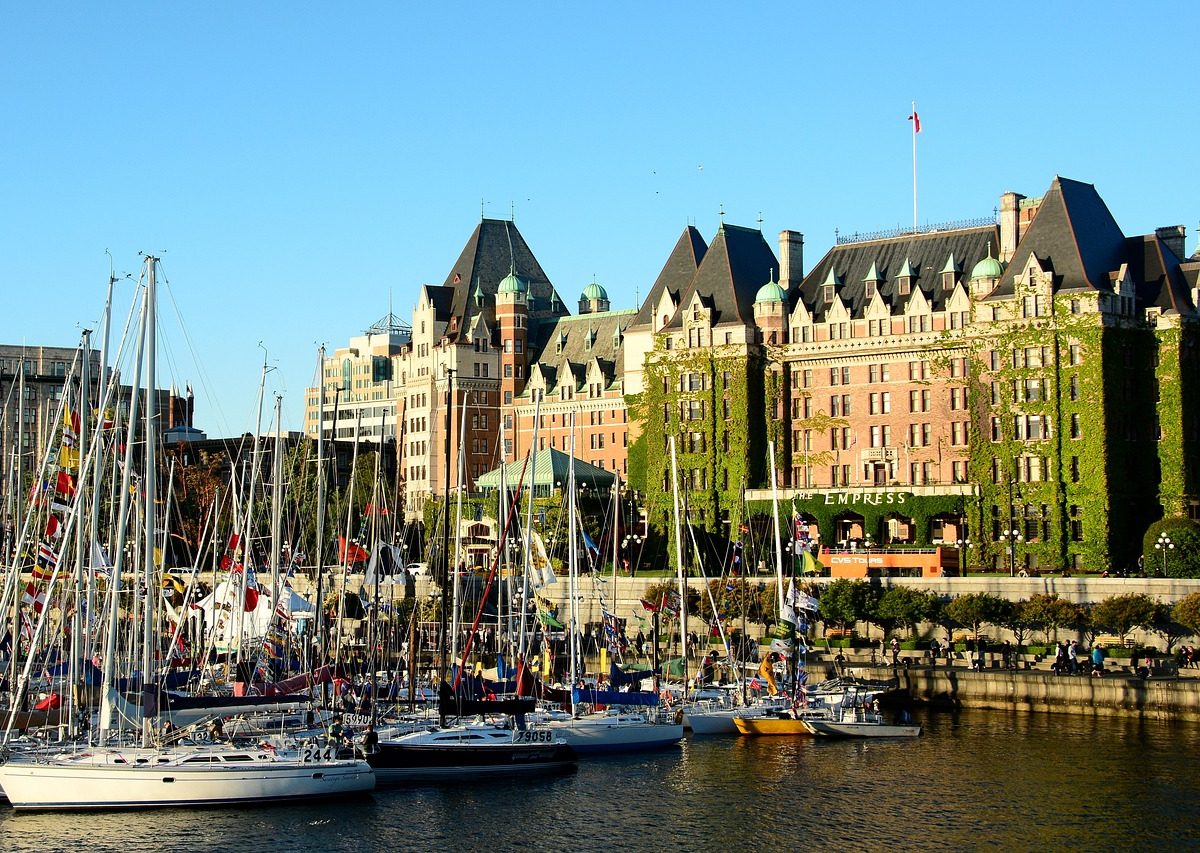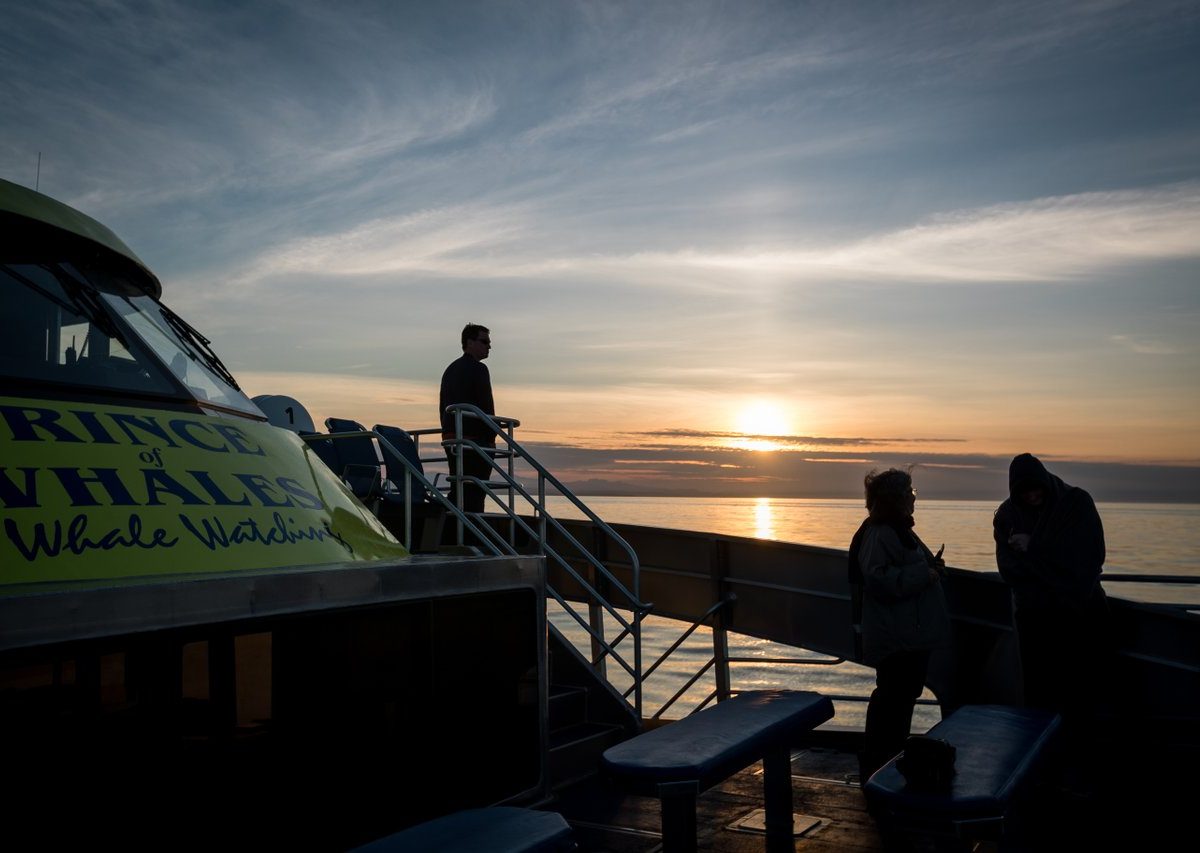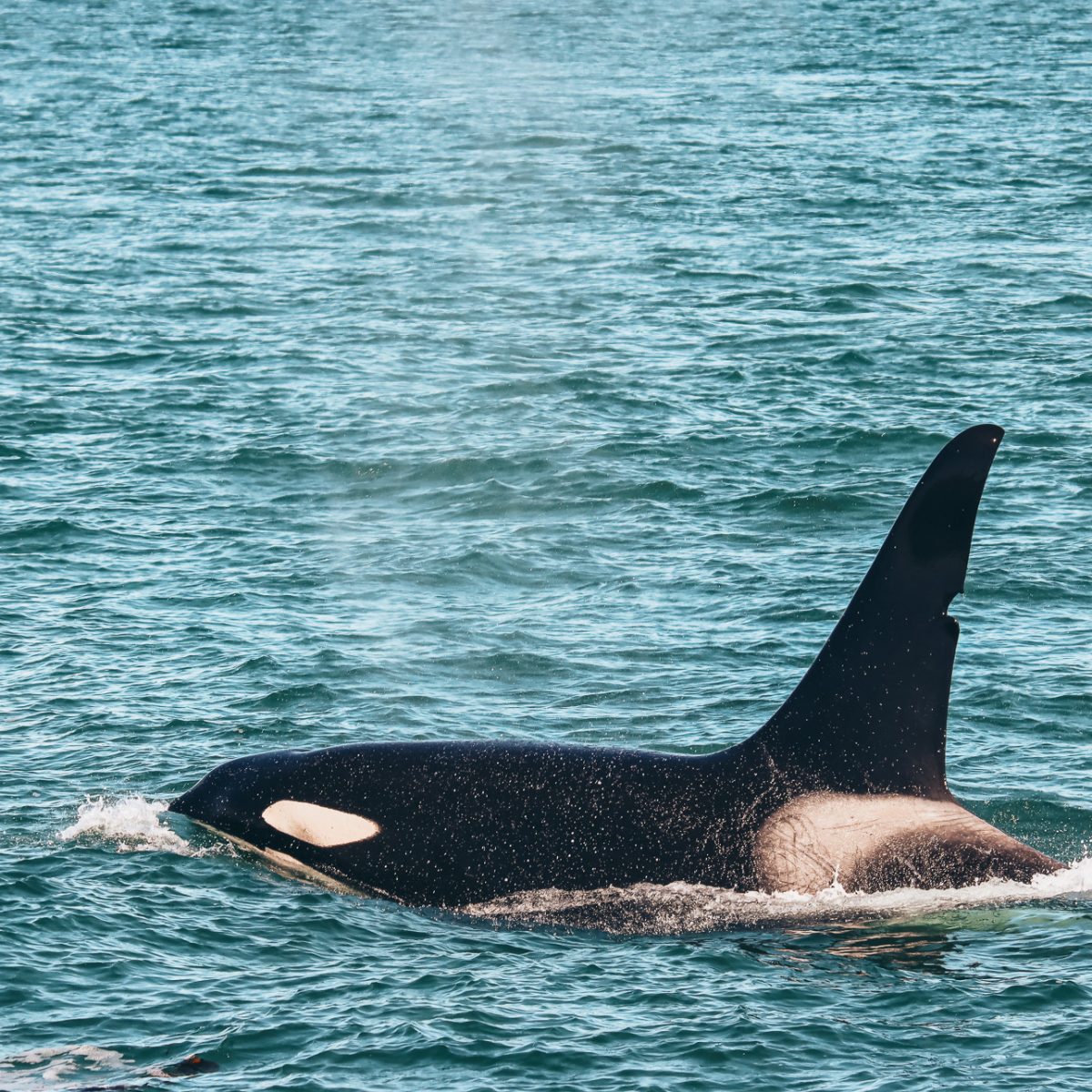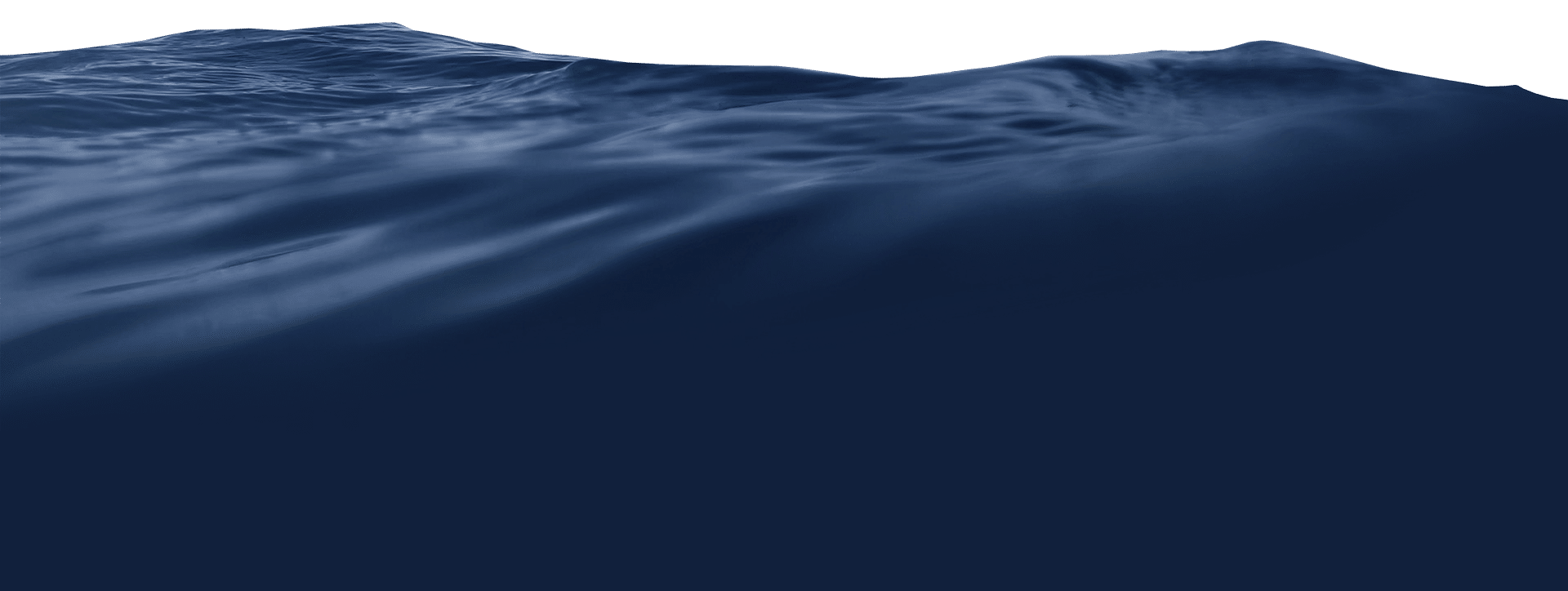
Invasive species disrupt ecosystems, reduce biodiversity, and threaten industries such as fisheries, aquaculture, and tourism. In BC, they also affect species vital to Indigenous communities and salmon food webs. Once established, marine invasives are nearly impossible to eliminate, so prevention and early detection are key. Here are some of the invasive species in our waters:
1. European Green Crab
(Carcinus maenas)
- Origin: Europe and North Africa
- Threat: One of the most destructive marine invaders worldwide. They prey on native clams, oysters, and juvenile Dungeness crabs, and damage eelgrass beds that are essential nursery habitats for salmon and herring.
- Where in BC: Found along much of the coast, including Haida Gwaii, Barkley Sound, and the southern Gulf Islands.
- Response: The Department of Fisheries and Oceans (DFO) and local stewardship groups conduct active trapping and monitoring programs to control populations.
2. Japanese Kelp
(Undaria pinnatifida)
- Origin: Asia
- Threat: Outcompetes native kelp species, altering habitat for fish and invertebrates. It can grow rapidly on docks, boat hulls, and aquaculture gear, creating dense mats that block sunlight.
- Where in BC: First detected in Victoria Harbour and Ucluelet, now spreading to other marinas and harbours.
- Response: Local dive teams and conservation organizations regularly remove it to prevent further establishment.
3. Tunicates
- Origin: Europe and Asia
- Threat: These “sea squirts” form thick mats on docks, moorings, aquaculture equipment, and even living shellfish. They smother native species and can devastate shellfish farms.
- Where in BC: Found in Nanaimo, Cowichan Bay, Victoria, and the Discovery Islands.
- Response: Monitoring through the BC Coastal Marine Invasive Species Network (BC CMISN) and manual cleaning of infested infrastructure.
4. Zebra and Quagga Mussels
(Dreissena polymorpha and D. rostriformis bugensis)
- Origin: Eastern Europe and Western Russia
- Threat: Not yet established in BC’s marine waters, but poses a severe risk if introduced. They clog pipes, outcompete native mussels, and alter water chemistry.
- Where in BC: Currently, only a freshwater threat (Okanagan and Kootenay systems). Preventing their arrival in estuarine or brackish areas is a top provincial priority.
- Response: BC’s “Clean, Drain, Dry” inspection program for boats is designed to prevent their introduction.
5. Chain Tunicate
(Botrylloides violaceus)
- Origin: Likely Japan
- Threat: Encrusts native species, moorings, and aquaculture gear, reducing biodiversity and productivity.
- Where in BC: Common in marinas on Vancouver Island and the Gulf Islands.
6. Japanese Oyster Drill
(Ocinebrellus inornatus)
- Origin: Japan and Korea
- Threat: A small but destructive snail that preys on oysters and clams by drilling holes through shells. It impacts shellfish farms and native bivalve populations.
- Where in BC: Found in Baynes Sound and southern Vancouver Island aquaculture areas.
7. Bryozoans
(Watersipora subtorquata)
- Origin: Likely Indo-Pacific region
- Threat: Forms dense colonies on docks and ship hulls, allowing other invasive species to attach. It can affect kelp growth and boat performance.
- Where in BC: Observed in Victoria, Nanaimo, and other sheltered harbours.
If you hear or see any of these, please reach out to the Department of Fisheries and Oceans and report these species to preserve our incredible ecosystem!


